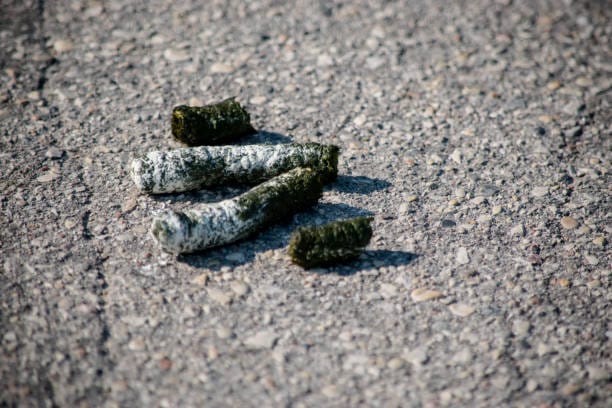Parents often teach their children to avoid bringing strange objects to school, especially animal droppings. But in one unusual case, a couple of students breaking that rule led to a groundbreaking scientific find.
Imagine knowing you’ve already made an important contribution to biomedical research before you’ve even started high school. This is a reality for a young Chicago student who recently found a bacterium that exhibits antibiotic activity and produces a novel compound that slows the growth of human melanoma and ovarian cancer cells in the lab. Where did this startling discovery come from? Well, goose poop of course.
Through a collaboration between the University of Illinois at Chicago (UoIC) and a local Boys and Girls in middle school students were encouraged to collect samples from their environment as part of a science initiative. The goal was to search for new antibiotic-producing organisms.

Two students decided to submit goose droppings they had collected from a local park. What seemed like a quirky choice turned into a monumental discovery.
With guidance from UoIC scientists, the students identified bacteria in the feces that not only exhibited strong antibiotic properties but also produced a completely new compound with cancer-fighting potential.
“Each student collected 3 samples of their choice from Garfield Park in Chicago, IL. Students pretreated and diluted their samples before plating each one on three different media types [….] CanWhile their bacteria incubated, they practiced block programming on LEGO EV3 modules in preparation for robot operation.
When their environmental diversity plates exhibited sufficient bacterial growth, students programmed and operated the Hudson Robotics RapidPickMP to pick all distinguishable colonies from their environmental diversity plates and transfer them onto dual-sided agar plate assay (DAPA) bioassay plates.”
During their search, one student returned with a sample of goose poop that contained a strain of bacteria called Pseudomonas idahonensis – a species that had previously been isolated from rainbow trout in Idaho (idahonensis means “from Idaho). The student, Camarria Williams, and Jonathon Rodriguez, Technology Program Manager at Boys and Girls Clubs of Chicago, are listed as co-authors of the paper.
In any case, the paper originated from a program run by UoIC, called the Chicago Antibiotic Discovery Lab (CADL). This research initiative, organized in collaboration with the Boys and Girls Clubs of Chicago, serves two purposes.
First, it aims to encourage youths to pursue careers in science. By letting the kids work together with genuine scientists in a real research lab, the CADL hopes to create more future biomedical researchers.
The second purpose is to do genuine, bonafide research to discover new antibiotics. In case you’re not aware, our current antibiotic arsenal is growing weaker and weaker as bacteria develop resistance to them.
So, the CADL hopes to kill two birds with one stone — inspire future scientists who can then go on to improve medical treatments for everyone.
It was concluded that this bacterium had antibiotic activity and even produced a completely new-to-science compound.
The stuff they churn out has since been called oframide N. Previously identified orfamide compounds are known for their medical properties, so the team decided to run some tests to see if this one was useful as well.
Using nuclear magnetic resonance (NMR) and mass spectrometry, the university researchers were able to determine that orfamide N was not actually responsible for the antibiotic activity observed before.
That’s quite a discovery already. However, going over the data with the kids, the UoIC scientists noticed something odd.
They realized that the P. idahoensis strain produced a strange compound they couldn’t identify. And no wonder — further tests showed that bacterium’s secretions were completely unknown to science.
Also Read: DNA Test for Fun Leads Woman to Discover Her Grandma Is a Murder Suspect
Laboratory tests showed that orfamide N can fight cancer. It slows the growth of both melanoma and ovarian cancer cells.
Of course, the stuff can’t be used as is and further research is necessary to determine its ultimate practicality. However, based on the initial results, we may be looking at the initial baby steps toward a whole new cancer treatment.
Not a bad result to get from two kids picking up a chunk of bird crap and guess what, we should also thank the goose for providing its poop as well.






